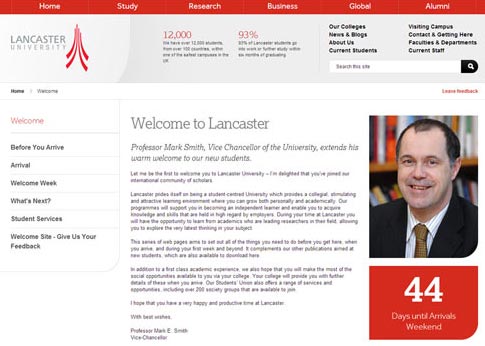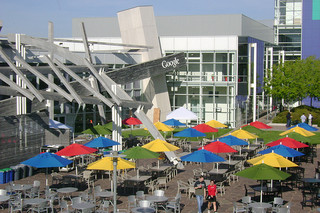 The psychology of consumer behavior is one of my favorite subjects, so I was thrilled to stumble on an infographic from Help Scout (shown at the end of this article), which shares 10 ways to convert more customers using psychology.
The psychology of consumer behavior is one of my favorite subjects, so I was thrilled to stumble on an infographic from Help Scout (shown at the end of this article), which shares 10 ways to convert more customers using psychology.
Consumers are human beings, and human beings are innately influenced by their emotions and their psychological makeups. The psychology and philosophy of branding, marketing, needs, and actions are intrinsically linked. Ignore consumer psychology, and your results will be limited.
Take a look at the infographic below to see some amazing statistics from actual research studies as well as tips to help you increase the returns on your marketing investments by recognizing, adapting to, and addressing the psychology of your target consumers.
Some of the highlights include the following findings:
- Adding a minimum to a call to action can significantly increase conversions.
- Transparency matters, and admitting mistakes (even if your company isn’t at fault) can improve the perceived trustworthiness of your brand in the minds of consumers far more than pointing the finger at others does.
- Without follow-up, there is a significant chance that consumers will ignore your messages.
- Labeling consumers and making them feel like they’re part of a group (or the “enemy” of another group) will improve results.
- Even very small surprises and rewards can have a positive effect on motivating a consumer to take action.
- Consumers are more likely to have a strong relationship with a brand if they believe that the company shares similar values to their own.
Each of these findings shouldn’t be surprising, but marketers often forget consumer psychology and replace it with clever copy and trendy imagery. At the core of every marketing campaign that bears your brand’s name should be the psychology or your target consumer.
Why aren’t you getting the ROI you need from your marketing programs? Compare your outputs to your target audience’s psychological makeup. Do they match?
All purchase decisions have some element of psychological influence. Whether that influence happens when a consumer sees an ad or when that consumer is standing in the aisle of a store, it almost always happens. Don’t ignore it or undervalue it.
The world changes but human psychology keeps going. Don’t try to make your consumers adapt their psychologies to your brand. It won’t work. Instead, study them and develop buyer personas, complete with demographic, behavioral, and psychographic analyses. That’s how you use the psychology of consumer behavior to increase marketing ROI.

Image: Deb Collins
 Want to make a customer angry? Offer them an upsell that is unrelated to their original purchase.
Want to make a customer angry? Offer them an upsell that is unrelated to their original purchase.
 The State of Digital Coupons report from RetailMeNot and Forrester Consulting reveals that digital coupons are still a critical method of building brand loyalty and generating sales.
The State of Digital Coupons report from RetailMeNot and Forrester Consulting reveals that digital coupons are still a critical method of building brand loyalty and generating sales. What does your brand promise to consumers? Does your company culture reflect that promise?
What does your brand promise to consumers? Does your company culture reflect that promise?